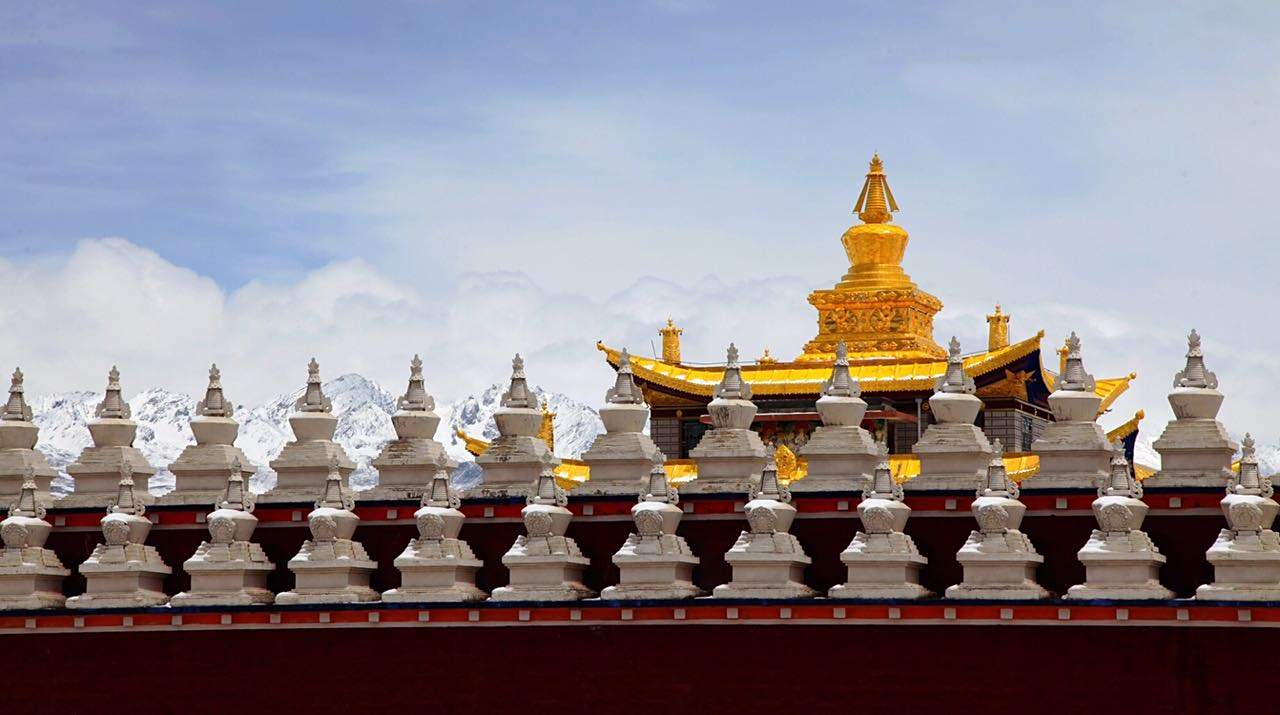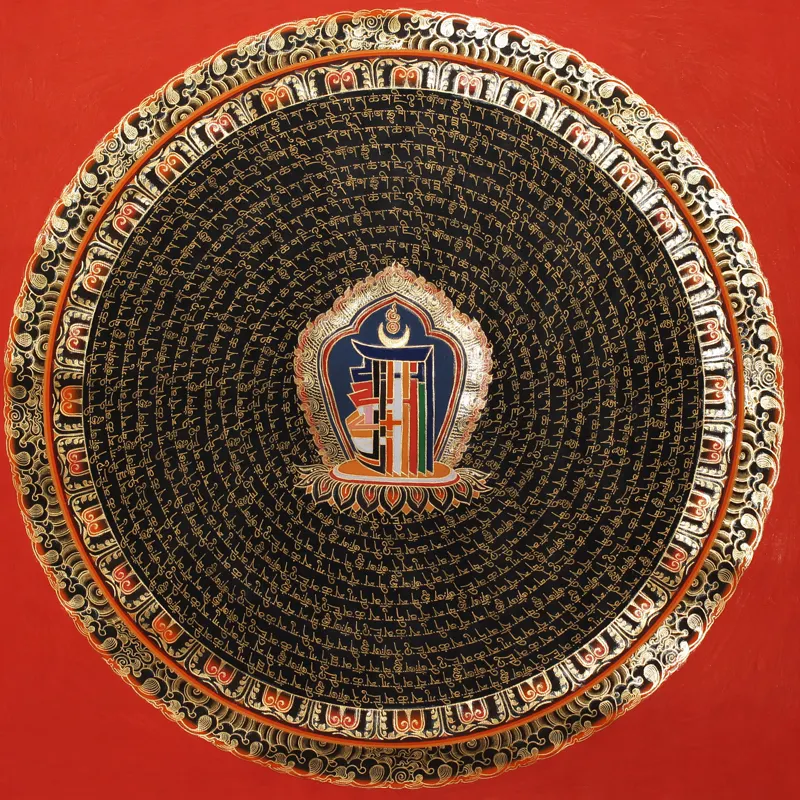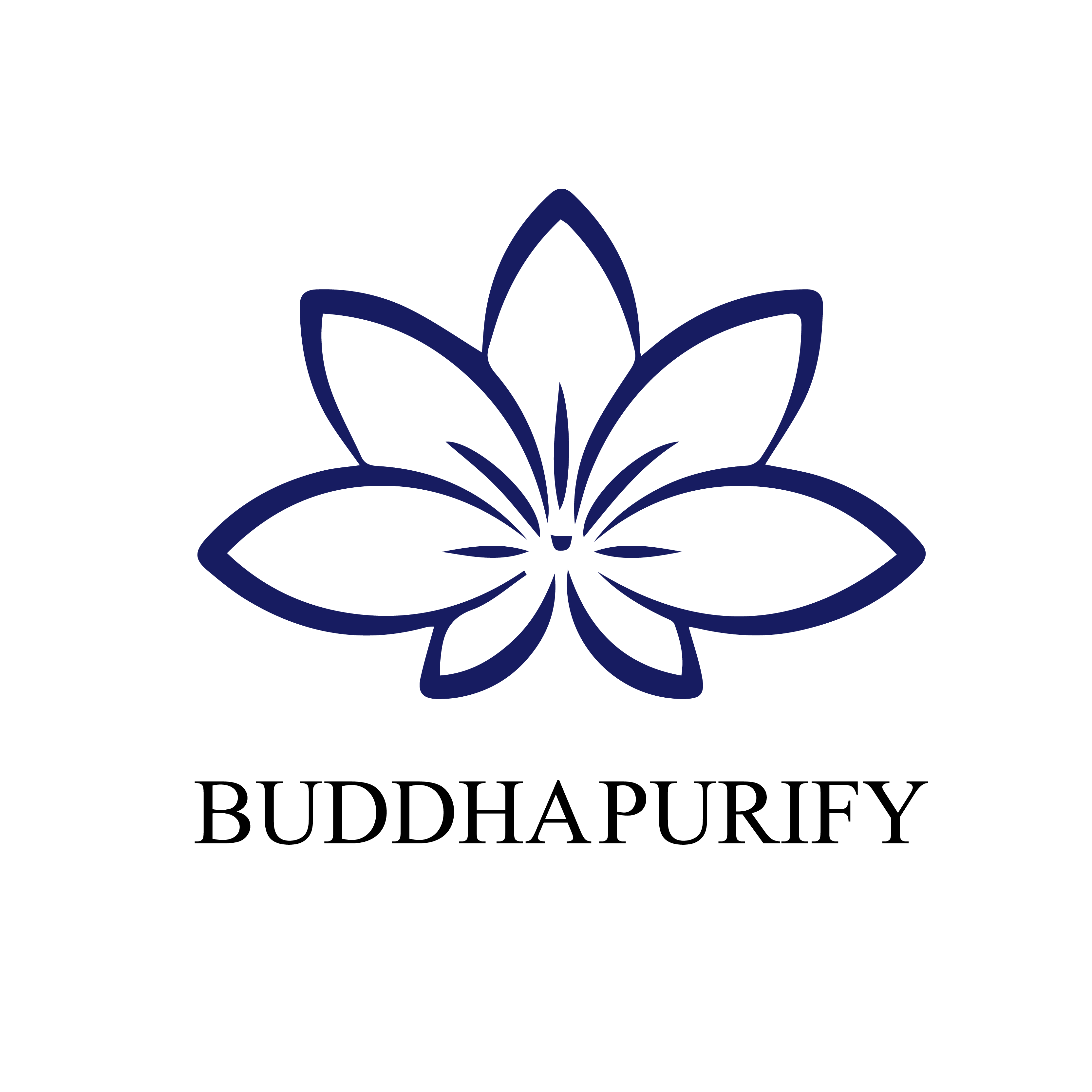The Origin and Development of Tibetan Buddhism
Tibetan Tantric Buddhism (also known as Tibetan Buddhism or Lamaism) is a unique form of Buddhism that developed in Tibet, blending Indian Tantric Buddhism with indigenous Tibetan religious traditions such as Bon. Its origins can be traced back to the 7th century when Indian Buddhism began to spread into Tibet through Central Asia and Nepal.
Definition and Characteristics of Tantric Buddhism
The term "Tantra" (from Sanskrit) refers to the "secret teachings" of Buddhism. It represents an important path of practice in Buddhism that emphasizes specific rituals, mantras, and symbolic gestures (mudras) to quickly achieve the goal of enlightenment. Unlike the more conventional, public teachings of Buddhism, known as the Sutrayana (or exoteric teachings), Tantric Buddhism offers a more expedient method for reaching Buddhahood, often considered a "fast track" to enlightenment.
Key characteristics of Tantric Buddhism include:
- Three Mysteries: Tantra places great importance on the integration of the body, speech, and mind. Practitioners use physical gestures (mudras), verbal recitations (mantras), and mental focus (meditation) to purify themselves and progress on the path to enlightenment.
- Mandala: Tantric practitioners meditate on the Mandala, a symbolic representation of the universe, to help them understand the true nature of reality during meditation.
- Initiation (Empowerment): Tantric practices require initiation by a qualified teacher (lama). This ritual allows the practitioner to receive the blessings and permission to practice certain secret rituals.
- Deity Yoga: Practitioners focus their meditation on a specific deity (such as Avalokiteshvara, Manjushri, or Vajrapani), using this deity’s energy and qualities to guide them toward enlightenment.
- Transformation of Emotions: Tantric teachings emphasize the transformation of negative emotions such as greed, anger, and ignorance into wisdom.
The Historical Development of Tantric Buddhism in Tibet
Tibetan Tantric Buddhism developed in multiple stages, as Buddhism spread and adapted to the unique religious and cultural environment of Tibet.
-
Initial Introduction of Buddhism: Songtsen Gampo Period (7th Century) Songtsen Gampo (circa 605-650) was the first Tibetan king to introduce Buddhism to Tibet. He married Princess Wencheng from China and Princess Bhrikuti from Nepal, both of whom were Buddhist followers. These princesses brought Buddhist scriptures and statues to Tibet, laying the foundation for the spread of Buddhism. However, at this early stage, Buddhism was not yet fully established, and Tantric practices had not been introduced.
-
Foundation of Tantric Buddhism: Trisong Detsen and Padmasambhava (8th Century) During the reign of Trisong Detsen (742-797), Buddhism gained greater prominence. He invited Indian Tantric master Padmasambhava (Guru Rinpoche) to Tibet. Padmasambhava is considered the founding figure of Tibetan Tantric Buddhism, as he combined Indian Tantric teachings with local Tibetan religious traditions, especially the indigenous Bon religion. He is credited with taming local spirits and integrating them into the Buddhist pantheon.
With the support of Shantarakshita, another Indian Buddhist master, the first Buddhist monastery in Tibet, Samye Monastery, was established. This marked the formal introduction of Buddhist monasticism in Tibet and the early development of Tantric Buddhist practices.
-
Decline and Revival of Buddhism: Later Diffusion Period (10th-11th Century) Buddhism faced persecution during the reign of King Langdarma (838-842), and many monasteries were destroyed. This led to a temporary decline in Buddhism in Tibet. However, in the 10th century, Buddhism experienced a revival, known as the "Later Diffusion." Indian masters like Atisha (982–1054) were invited to Tibet, helping to reorganize Buddhist teachings and practices. Atisha's work, particularly his blending of exoteric and esoteric (Tantric) teachings, played a key role in the resurgence of Buddhism in Tibet.
-
Formation and Development of Tibetan Buddhist Schools (11th-15th Century) As Buddhism continued to grow, several major schools of Tibetan Buddhism were established:
- Nyingma: The oldest school, tracing its origins back to Padmasambhava, focusing on Dzogchen (Great Perfection) teachings.
- Kagyu: Founded by Marpa (1012-1097) and Milarepa (1040-1123), this school emphasizes direct meditation practices.
- Sakya: Established by the Khon family, the Sakya school is known for its emphasis on monastic discipline and scholasticism.
- Gelug: Founded by Je Tsongkhapa (1357-1419), this school emphasizes strict ethical conduct and philosophical study, eventually becoming the dominant school in Tibet.
Although each school has its own interpretation of the scriptures and practices, all of them incorporate the core teachings of Tantric Buddhism.
The Role of Tantric Buddhism in Tibetan Society and Culture
In Tibet, Tantric Buddhism is not merely a religion but deeply intertwined with Tibetan society, culture, and politics. The lamas, particularly in the Gelug school, became both spiritual and political leaders. The Dalai Lama, starting with the Fifth Dalai Lama, became the supreme political and religious authority of Tibet.
Tantric Buddhism has also had a profound influence on Tibetan art and culture, such as in the creation of thangka paintings, architectural designs, music, and ritual dances, all of which are imbued with religious symbolism and Tantric rituals.
Tantric Practices in Tibetan Buddhism
The practice of Tibetan Tantric Buddhism includes two main stages: the Generation Stage and the Completion Stage:
- Generation Stage: Practitioners visualize themselves as the deity they are meditating upon, using mantras, mudras, and mandalas to gradually transform their ordinary perception into the enlightened mind of the deity.
- Completion Stage: At this advanced stage, practitioners focus on the realization of emptiness and direct experience of enlightenment through deep meditation and yogic practices.
The ultimate goal of Tantric practice is to transform the practitioner’s ordinary thoughts and emotions into wisdom, achieving Buddhahood in this very lifetime. For this reason, Tibetan Tantric Buddhism is also called the "Vajrayana" (Diamond Vehicle), emphasizing its powerful and indestructible path to enlightenment.
The Spread and Influence of Tibetan Tantric Buddhism
While Tibetan Tantric Buddhism was initially confined to Tibet, it later spread to neighboring regions such as Mongolia, Bhutan, and Nepal. In modern times, thanks to the efforts of figures like the Dalai Lama, Tibetan Tantric Buddhism has gained followers worldwide and is now studied and practiced in many countries beyond Asia.
In summary, the origins and development of Tibetan Tantric Buddhism reflect a process of innovation and adaptation as Indian Buddhism merged with the indigenous Tibetan culture. Today, it remains not only a profound spiritual practice but also a philosophical and cultural way of life for millions of people.
Here are the main stages in the development of Tibetan Tantric Buddhism:
Initial Introduction (7th Century):
Buddhism was first introduced to Tibet by King Songtsen Gampo (circa 605–650), who married Princess Wencheng from China and Princess Bhrikuti from Nepal, both of whom were Buddhist practitioners. During this period, Buddhism began to interact with the indigenous Tibetan religion, Bon, but it had not yet formed a distinct religious system in Tibet.
Flourishing Period (8th Century):
During the reign of King Trisong Detsen (742–797), Buddhism saw further development in Tibet. The arrival of the Indian Buddhist master Padmasambhava, who is regarded as the founder of Tibetan Tantric Buddhism, played a crucial role. Padmasambhava combined the teachings of Indian Tantric Buddhism with native Tibetan beliefs, establishing the early form of Tibetan Buddhism. He also founded the first Buddhist monastery in Tibet, Samye Monastery.
Second Diffusion (10th–11th Century):
This period is known as the "Later Diffusion" of Buddhism. The spread of Indian Tantric teachings became more widespread during this time. The arrival of great Indian scholars such as Atisha (982–1054) further solidified Buddhism's position in Tibet. They helped compile scriptures and standardize teachings, leading to the systematization of Tantric Buddhism in Tibet.
Formation of Schools (11th–15th Century):
As Buddhism continued to spread in Tibet, several schools gradually formed, such as the Nyingma, Kagyu, Sakya, and Gelug schools. Each school had its own interpretations of teachings, practices, and rituals, though they were all deeply influenced by Tantric Buddhism. Notably, the Gelug school, founded by Je Tsongkhapa, eventually became the dominant school in Tibet.
Characteristics of Tantric Buddhism:
Tibetan Tantric Buddhism emphasizes the use of rituals, mantras, and meditation to achieve sudden enlightenment and liberation. Practitioners often use tools like mandalas for meditation, aiming to gain wisdom that transcends the material world.
Tantric Buddhism focuses on the cultivation of the "body, speech, and mind." Specific practices include initiations (empowerments), protector rituals, mandala offerings, and mantra recitations. The relationship between teacher and disciple is also crucial in Tantric Buddhism, where teachings are passed down through close, personal transmission.
In summary, Tibetan Tantric Buddhism is a fusion of Indian Tantric Buddhism, Indian exoteric Buddhism, and Tibetan indigenous beliefs, and it has had a profound influence on Tibetan society and culture.
At Buddha Purify, we are committed to using Tibetan culture as the foundation to deepen our understanding of spiritual practices and bring them to a broader audience. Our mission is to expand awareness about Tibetan spiritual artifacts and practices, offering insights into how these ancient traditions can enhance modern lives.
We focus on a wide range of products that reflect the profound elements of Tibetan spirituality. Our collection includes Buddhist beads, Buddha pendants, and spiritual jewelry, each designed to assist with meditation, spiritual cleansing, and mindfulness. These items are more than mere accessories—they are integral tools for spiritual growth, helping individuals achieve karma balancing and energy purification.
By emphasizing the Tibetan Zen lifestyle and its connection to holistic wellness, we aim to share the transformative power of these practices. Our meditation accessories and mindfulness products are crafted to support users in their journey towards spiritual enlightenment, promoting a deeper understanding of themselves and their path.
Buddha Purify is not just about offering products; it's about creating a bridge between Tibetan traditions and contemporary spiritual needs. We strive to foster a greater appreciation of Tibetan culture's spiritual depth and cultural richness. Through our efforts, we hope to inspire individuals around the world to embrace a conscious way of living, enriched by the wisdom and practices of Tibetan Buddhism.






